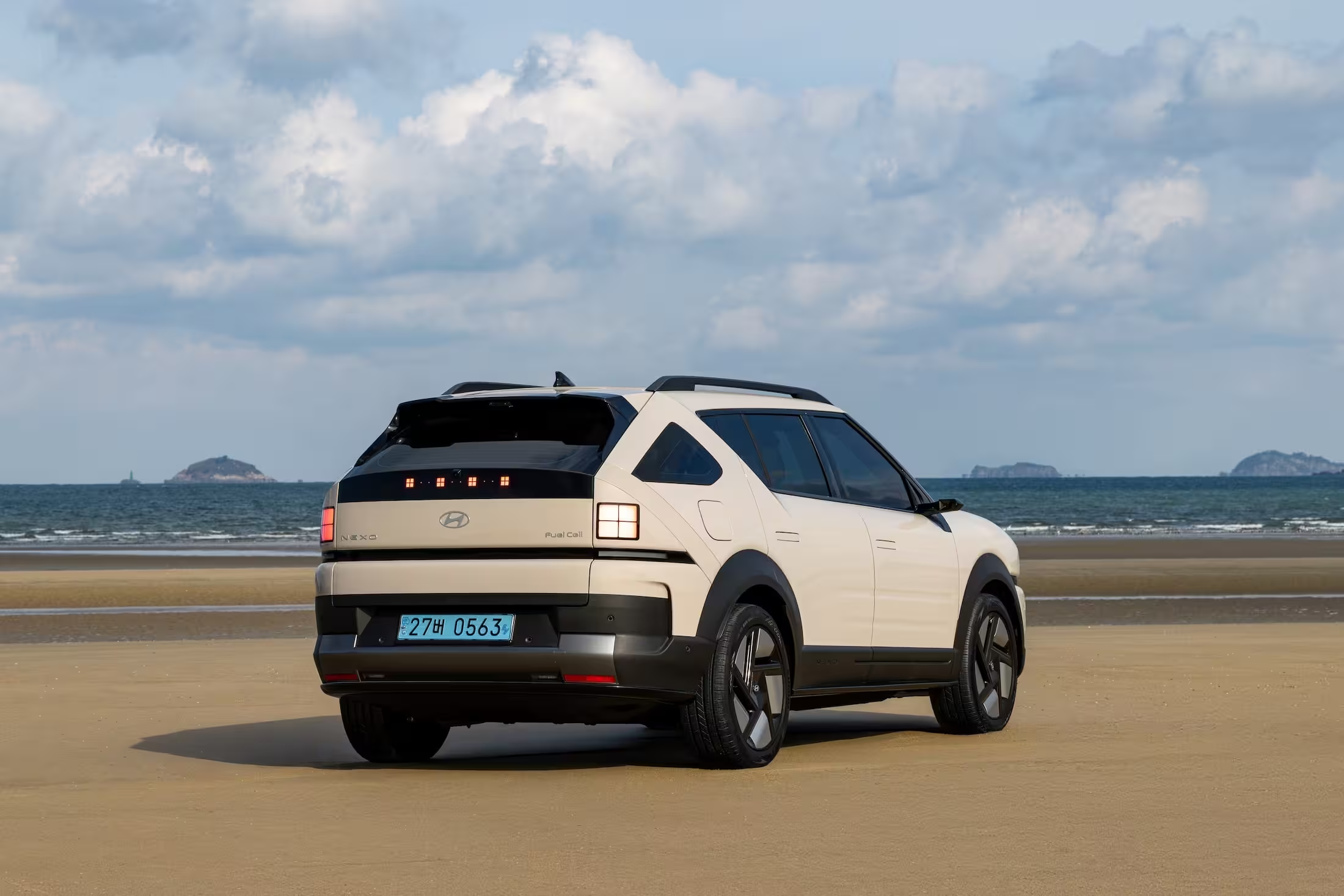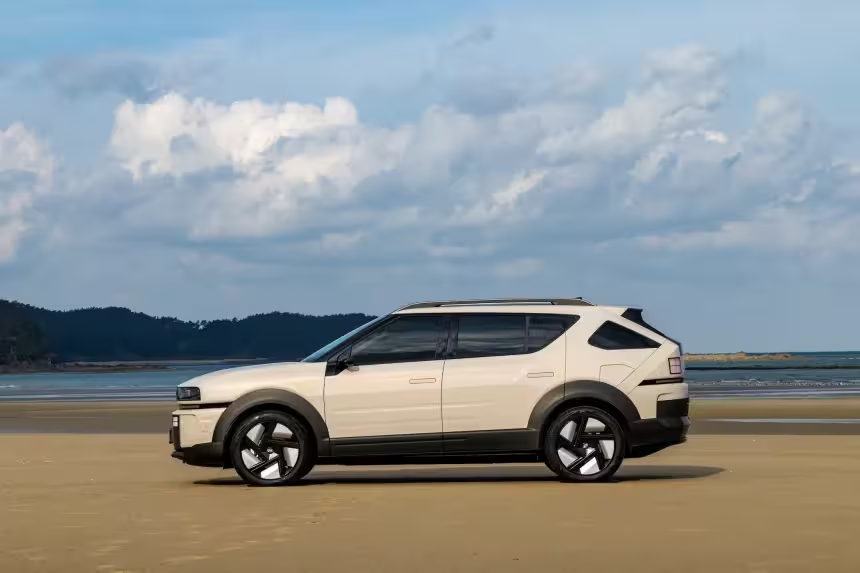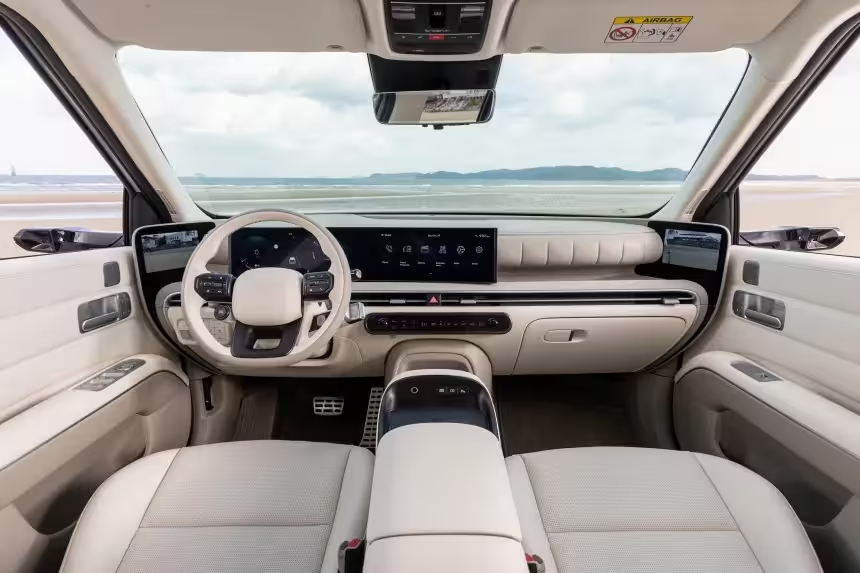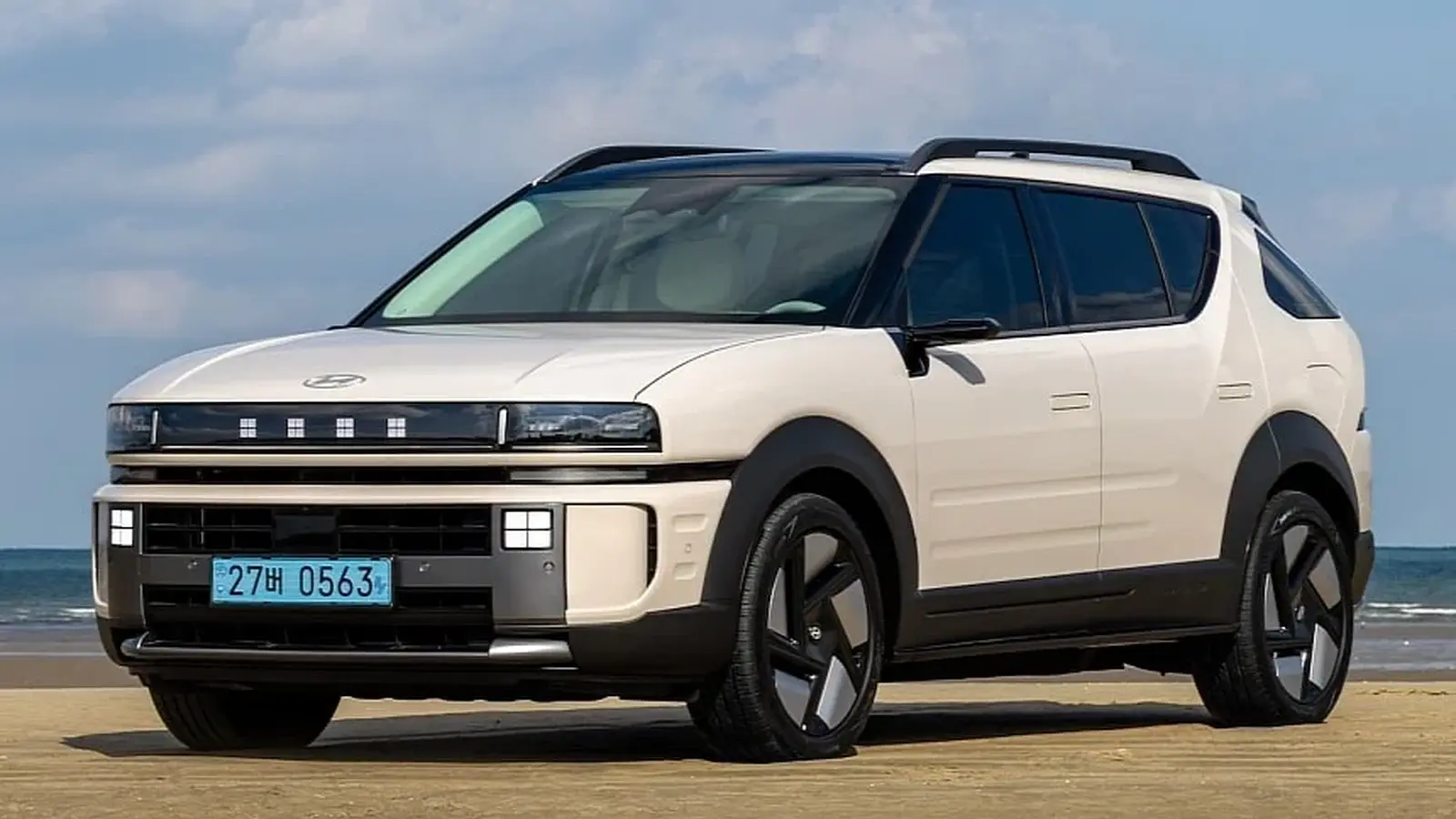3 Minutes
Hyundai unveils the next-generation NEXO
Hyundai has lifted the curtain on the 2026 NEXO, its latest hydrogen fuel cell SUV that aims to push FCEV performance, range and everyday usability further than before. Arriving globally in early 2026, the new NEXO combines a reworked fuel cell stack, upgraded power electronics and a suite of driver-focused technologies to make zero-emission long-distance travel more compelling.
Headline figures that matter
The numbers are attention-grabbing: a combined system output of 252 hp (190 kW), a WLTP-estimated range of 514 miles (826 km) and a hydrogen refill time that Hyundai says will be as short as five minutes. Those gains come from targeted hardware upgrades rather than a complete change of architecture, and they translate into a more usable, versatile hydrogen SUV for everyday drivers.

Powertrain upgrades and real-world improvements
At the heart of the upgrade is a reengineered fuel cell stack mated to a beefed-up power electronics module. Hyundai has doubled the peak battery output to 107 hp (80 kW), while the fuel cell stack now delivers up to 148 hp (110 kW) gross. Net system output rises noticeably, and the electric drive now produces 201 hp (150 kW), cutting the 0-62 mph (0-100 kph) sprint time to 7.8 seconds from 9.2 seconds in the previous generation.
These changes are about usable performance rather than headline top speed. The stronger battery and refined electronics improve throttle response and mid-range acceleration, making overtakes and highway merging feel more confident.
Key technical highlights:
- Total system output: 252 hp (190 kW)
- EV motor output: 201 hp (150 kW)
- WLTP range estimate: 514 miles (826 km)
- Hydrogen storage: 6.69 kg, up from 6.33 kg
- Refill time: about five minutes

Efficiency, handling and cold-weather resilience
Hyundai has not neglected efficiency and drivability. Aerodynamic refinements, including new underbody panels and optimized airflow management, lower drag and help extend range. Noise, vibration and harshness have been addressed with Active Noise Control-Road tech and sound-absorbing tires to keep the cabin quiet even on rough surfaces.
The NEXO also improves cold-weather operability. An anti-freezing 'Wake Up' function and other thermal management updates mean the fuel cell and ancillary systems come online faster in low temperatures, which helps preserve range and reliability in winter conditions.

Smart driving systems
Hyundai has bundled several software-driven features to enhance both efficiency and handling. The e-Handling system actively distributes torque to improve grip, steering feel and stability, while the Smart Regenerative System uses navigation data to adapt regenerative braking automatically. That reduces driver workload and increases energy recapture on mixed routes.

For European buyers, another practical upgrade is towing capability: the NEXO can now tow up to 1,000 kg, the first time Hyundai has offered towing in an FCEV, broadening the vehicle's utility for owners who need occasional load-carrying.
Source: autoevolution


Leave a Comment